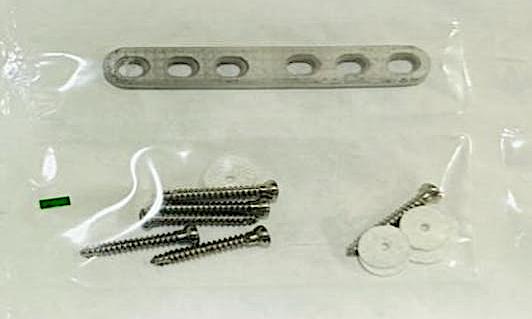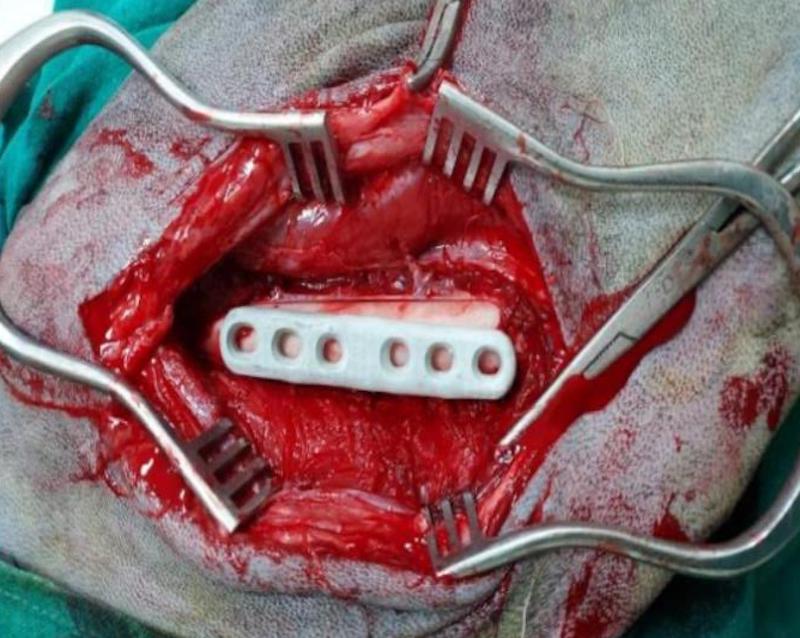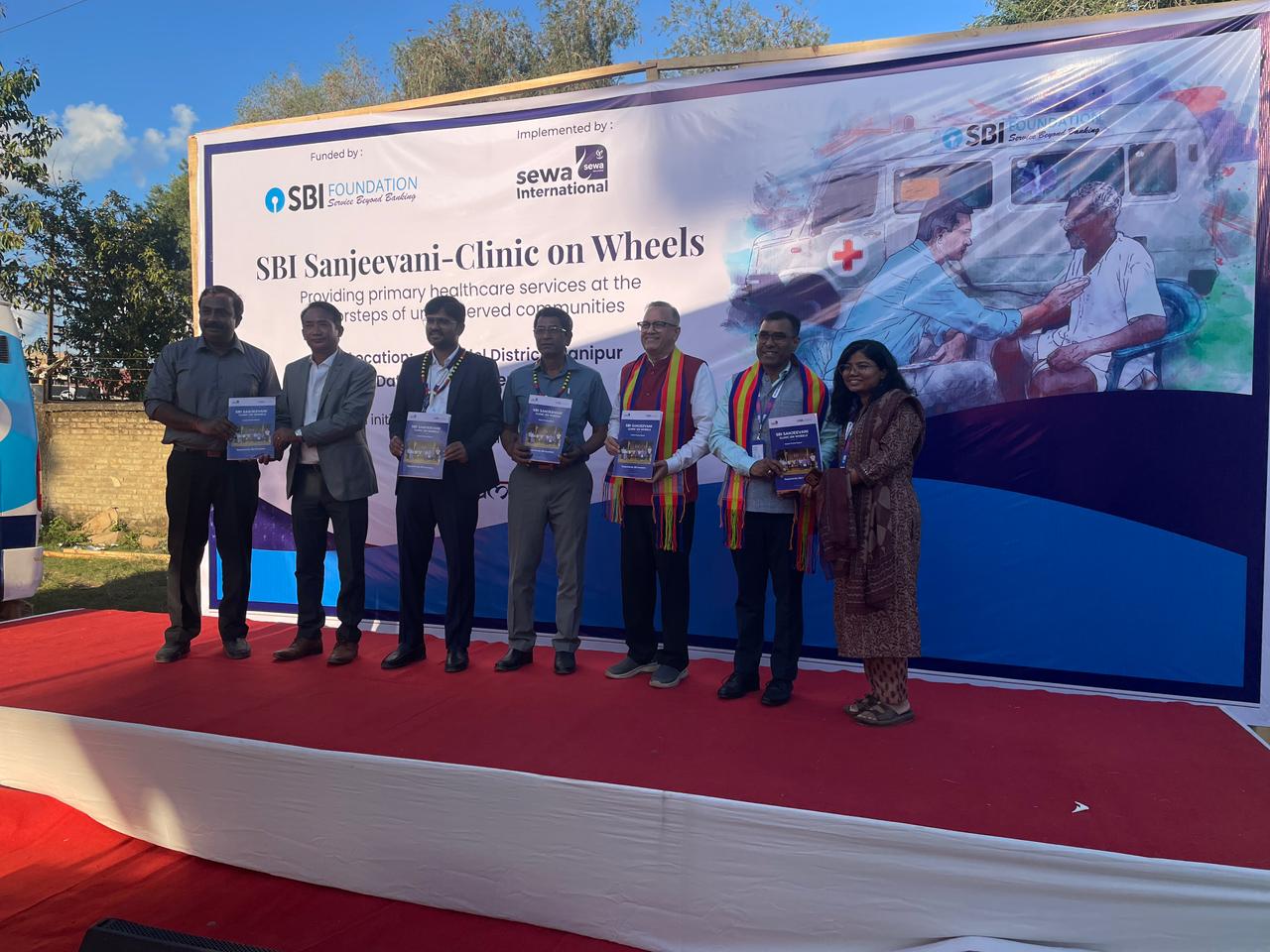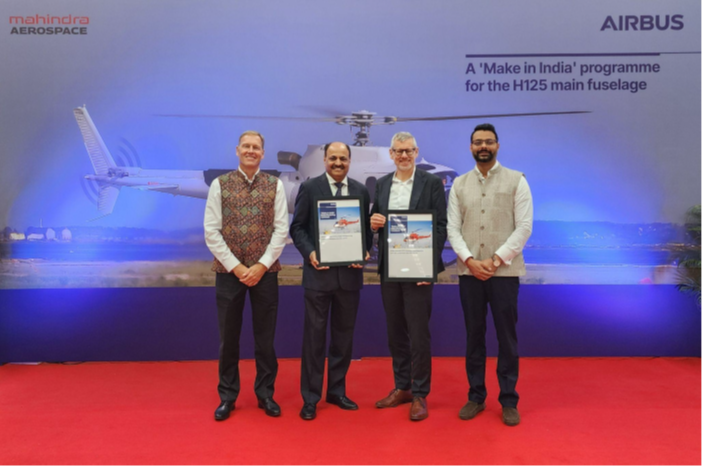 Nitin Pratap Varma. (India Sentinels photo)
Nitin Pratap Varma. (India Sentinels photo)
New Delhi: The age-old adage “necessity is the mother of invention” still holds true. This is aptly proven by the fact that Nitin Pratap Varma, a senior scientist and highly esteemed research scholar from the Dhanbad-based IIT-ISM, and currently working as a senior scientist for a Shahjahanpur-based company named G Surgiwear Limited, felt the need for a resorbable implant that could be fully absorbed in the bodies of accident victims as part of treating their fractured bones.
Understanding this pressing need, Varma held meetings with member scientists of his research team. Numerous brainstorming sessions with the scientists and experiments followed. Eventually, the team led by Varma zeroed in on the final product and invented a magnesium implant for the first time in the world.
Shedding light on the factual aspects of his invention, Varma said, “For many years, I have been observing the predicaments and troubles being suffered by bone-fracture patients due to inserted implants comprising plates and screws made of stainless steel and titanium. Since these plates and screws remain embedded in the body, patients suffer pain for a long period of time.”
“In order to remove these metallic plates from the body, the patients undergo surgery, which is not only physically but also mentally tormenting, as well as involving the risks associated with surgery. To add insult to injury, patients bear the huge expenses of surgery,” he added.
Keeping in mind the troubles such patients faced, Varma convened a series of meetings with his fellow scientists and team members to discuss the use of plates made of resorbable metals instead of stainless-steel plates.
 A magnesium plate. (India Sentinels photo)
A magnesium plate. (India Sentinels photo)
Verma said, “After lengthy discussions, we reached the scientific conclusion that implants made of resorbable metals are fully absorbed in the body within 3–5 years of insertion. It would be no exaggeration to say it (the resorbable plate) ‘vanishes’ into the body. Thus, through continued research and experiments, we invented and zeroed in on magnesium implant due to its excellent resorbable quality in the human body. Patients don’t feel any physical inconvenience afterward.”
Analysing his bone treatment-related achievement in depth, Varma explains that there are three types of metals that are resorbable and biologically safe: magnesium, zinc, and iron. However, these metals have their own advantages and disadvantages.
As a matter of fact, Varma and his colleagues have been experimenting with resorbable metals to gain knowledge of their utilities and qualities. For this, the team of scientists also visited the Jamshedpur-based CSIR-NML (National Metallurgical Laboratory) to seek detailed technical knowledge of metals.
Expressing optimism about the utility and quality of the magnesium implant, Varma asserts that the invented product has reached the final stage, as it has already been implanted in animals to test its efficacy. Additionally, to become well-versed with different clinical parameters related to experimental procedures, the animals have been kept under observation for six months. Results from animal testing were very encouraging.
 A goat fitted with a magnesium plate to join its fractured bone. (India Sentinels photo)
A goat fitted with a magnesium plate to join its fractured bone. (India Sentinels photo)
After successfully experimenting with this product in animals, Varma plans to test this product in human bodies. For this, he has decided to seek permission from the Drug Controller General of India. If the product successfully passes tests in human bodies, it will be made available to the public, Varma said.
The invention of the magnesium implant has shown great promise so far. It has the potential to bring about revolutionary changes in the treatment of bone fractures and other bone diseases.
This is especially true because, according to reports, numerous scientists are currently engaged in experimental procedures of implants in laboratories worldwide. In this context, thousands of research papers have been published. However, these scientists have yet to make significant progress towards the level of practical utility of implants.










